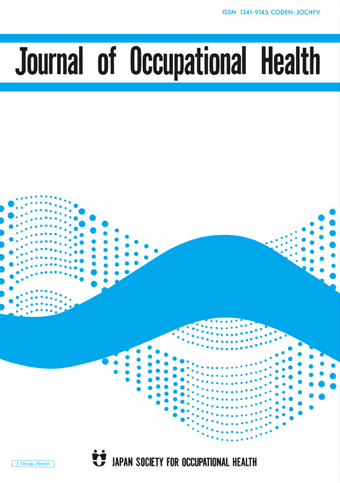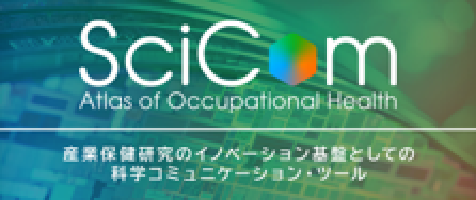Zooming in! Body Surface Landmarks for Estimation of Pelvic Incidence Without X-rays
The human spine and bone structures form the basic scaffold upon which the human body is erected. The orientation of various bones in the body is therefore crucial for correct alignment and posturing. Thus, any misalignment in pelvic incidence (PI)—an axis in the body involving the sacrum and the femoral head, which holds the lower body together—can result in lower back pain (LBP), a frequently encountered symptom in healthcare professionals and individuals who have physically demanding jobs.
Hence, PI, computed from X-ray scans, is being increasingly used as a measure to predict stress on the lumbar region and for measurement of pelvic inclination, rotation, and balance. However, reliable anthropometric landmarks (including weight, height, waist, and hip circumference) on the body that can help estimate PI remain less explored.
Researchers thus, sought to evaluate intra- and inter-examiner reliability of potential anthropometric landmarks in the measurement of PI across twenty healthcare workers with no apparent LBP. They selected eight anatomical points that were relevant in PI measurement including, the acromion, the upper edge of the iliac crest, the posterior superior iliac spine (PSIS), the anterior superior iliac spine (ASIS), the upper edge of the greater trochanter, the coccyx, the lateral joint space of the knee, and the lateral malleolus.
The examiners, who were experienced physiotherapists, evaluated the participants in an upright position normally used for clinical diagnosis of the spine. They marked the anthropometric landmarks using visual and physical examinations and were re-evaluated in a similar manner on the basis of marked co-ordinates, to determine intra- and inter-examiner variations.
Among the potential anthropometric landmarks selected, the researchers noted acceptable inter and intra-examiner reliability for majority of them; identification of PSIS, acromion, and coccyx, however, had relatively lower reliability. Being the first study of its kind, these findings highlight an easy and reliable method for estimating PI without the use of X-rays. This can greatly aid the clinical diagnosis and management of LBP in those at occupational risk such as healthcare workers.
Link to the original journal article:
https://doi.org/10.1539/eohp.2019-0021-OA
Reliability of anthropometric landmarks on body surface for estimating pelvic incidence without lateral X-ray
Shota Yamada, Takeshi Ebara, Toru Uehara, Shingo Kimura, Kazuji Aoki, Atsushi Inada, Michihiro Kamijima
Here are some ways you can make it easier for your plain-language summary to be discovered once it has been published:
- Upload the summary on your personal, lab/research group, or university website.
- Share the published content with peers and colleagues through your personal social media accounts (Facebook, Twitter, Blogs, and LinkedIn). Link this back to the journal’s social media promotions for your paper.
- Include the link to the published post in your email signature line.
News & Announcement
-
Mar 14, 2025EOH-P has been listed on PMC/PubMed!The articles published in EOH-P have been registered with PMC/PubMed, the U.S. Nation...
-
Jun 11, 2021Lay Summary page open!Lay Summary page provides you article summaries in order of study categories. You can...
-
Oct 1, 2019EOH-P is now released!The Environmental and Occupational Health Practice (EOH-P) has been released. Please ...
Journal Info
Average 46.14 days from submission to first decision
Average 120.95 days from submission to acceptance







